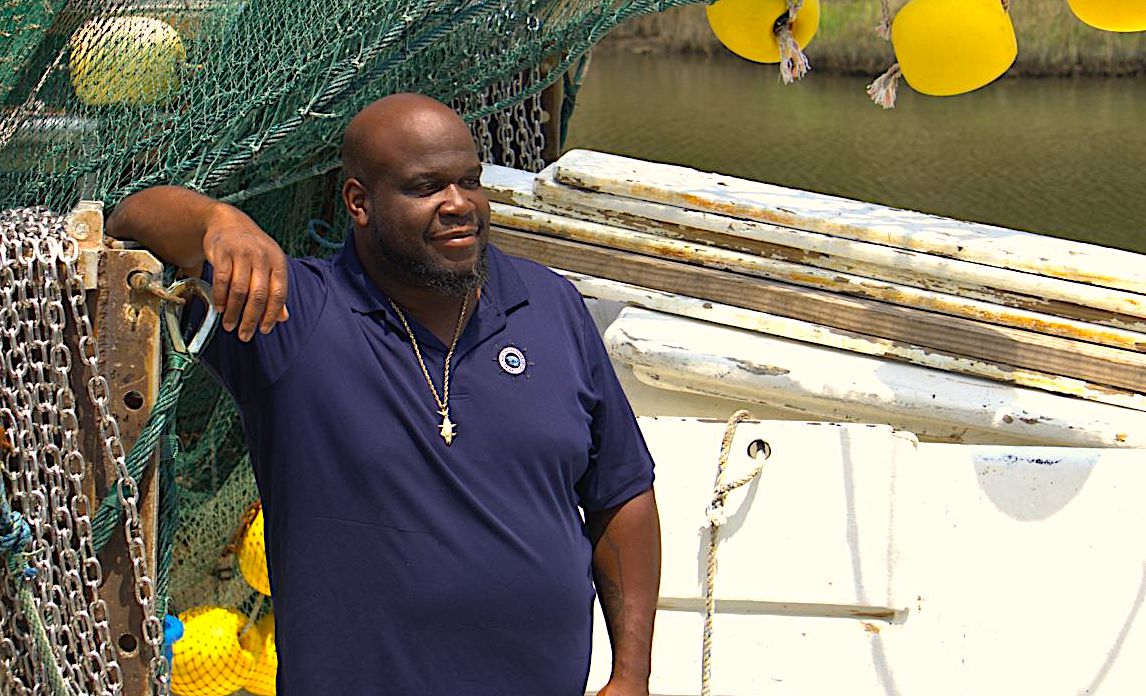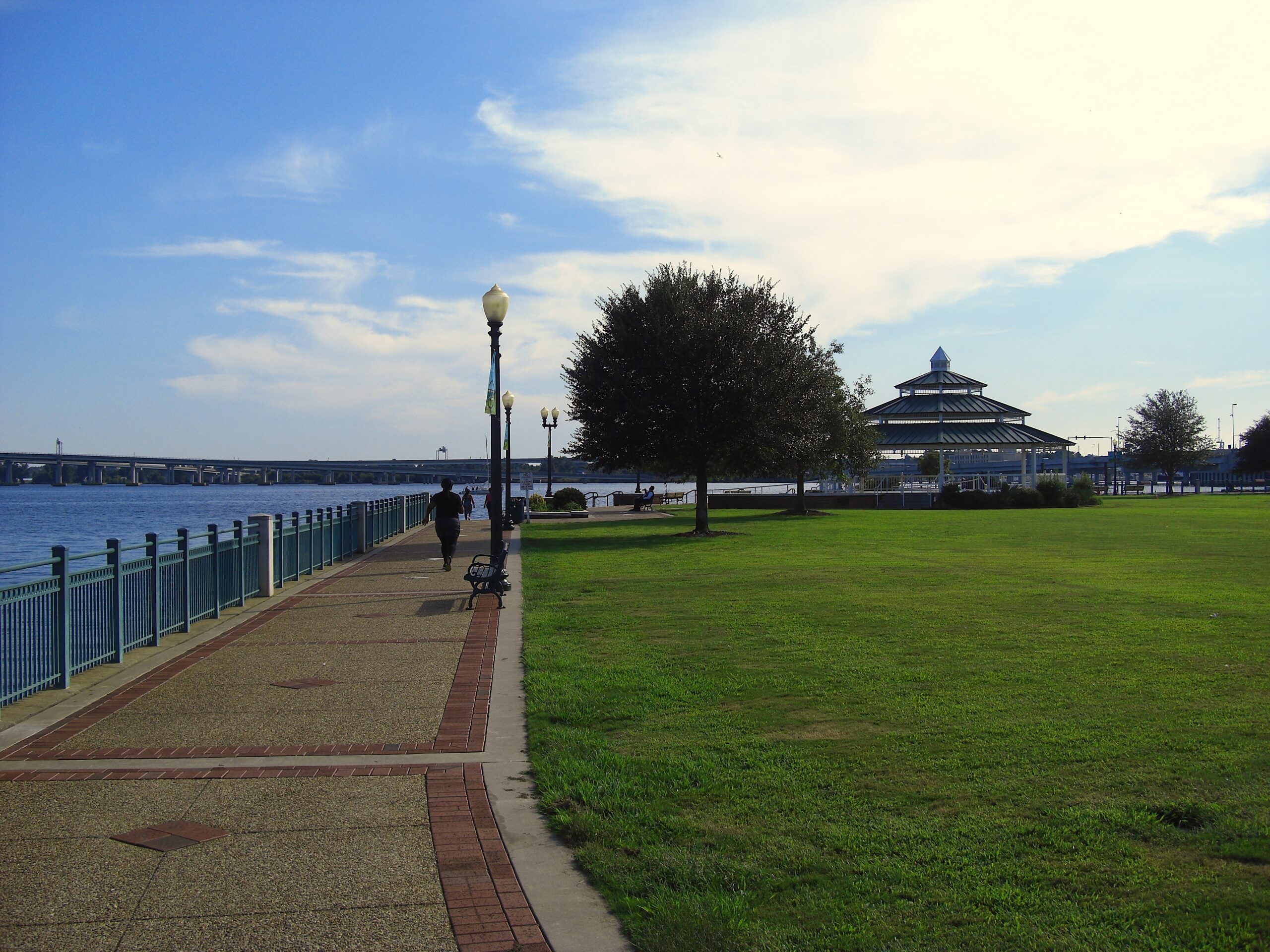Community Engaged Interns Serve Across the State
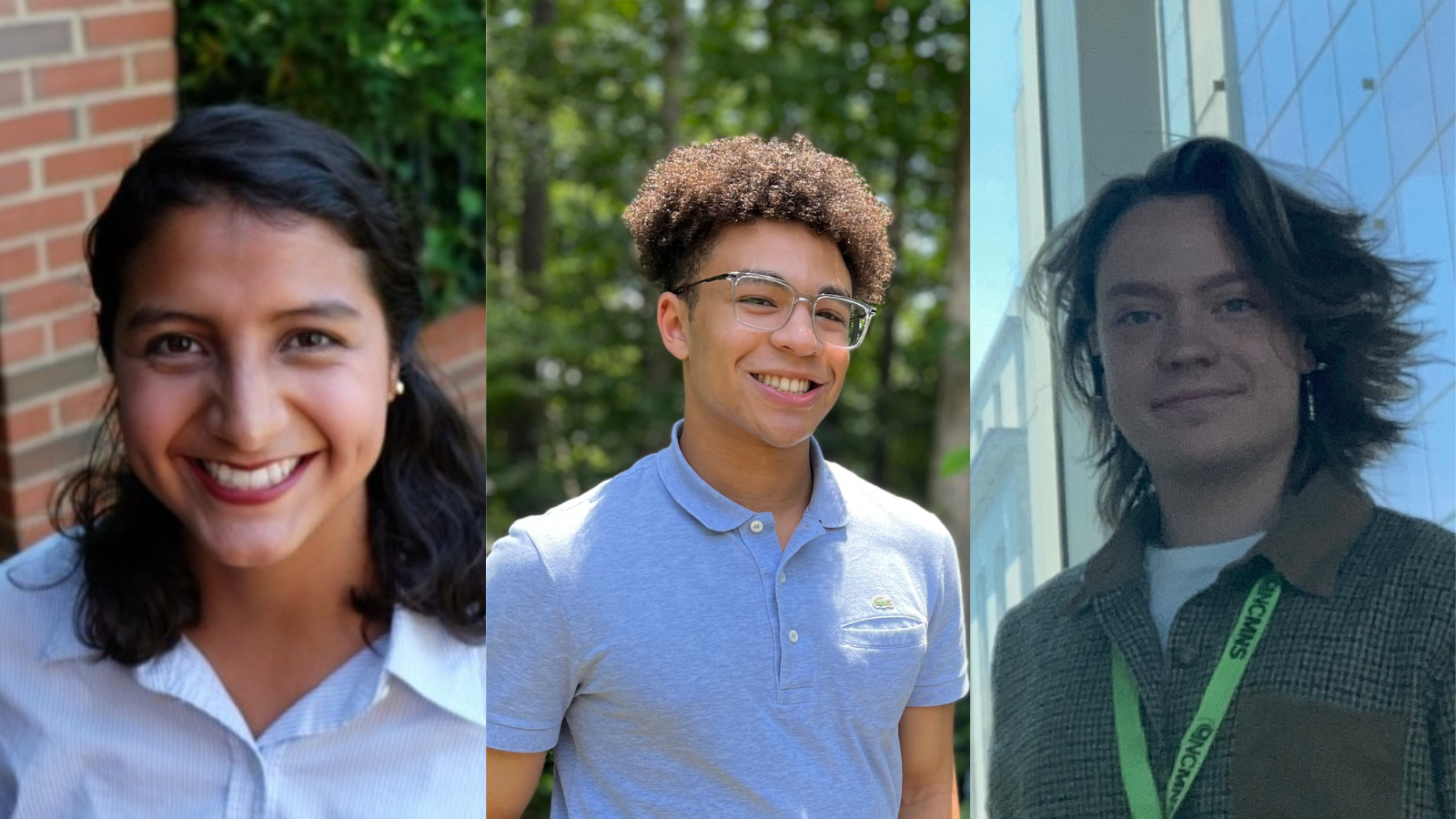
Each summer, North Carolina Sea Grant offers undergraduate students opportunities to join experts across the state to explore issues affecting local communities. This summer, North Carolina had three students participate in mentor-led summer projects that immerse students in marine, coastal, and freshwater sciences.
The goal of the Community Engaged Internship program is to broaden participation in coastal and marine professions with hands-on training, networking opportunities and peer learning. Students participate in national professional development and training opportunities, including mentorship by Sea Grant personnel, Sea Grant-funded researchers, and community leaders across the country.
“From engaging communities through educational events to exploring the ins and outs of city planning and engineering, our students gained valuable insights into the challenges of water resource management and extension, while also discovering more about their own passions and career paths,” says Dynestie Robinson, coordinator of the national Community Engaged Internship program at NC Sea Grant.
Stormwater Infrastructure in Wilson
This summer, Maribel Herrera served as the community engaged intern related to flood mitigation in Wilson, NC. Herrera’s home office for the internship, Casa Azul de Wilson, was founded by her two sisters to increase civic engagement, provide bilingual translation services, and help first-generation students enter into higher education.
Herrera, who was born and raised in Wilson, was no stranger to the city’s ongoing issues with flooding – this internship was an opportunity to consider “how we’re connecting our waterways with our built environment,” and how that affects residents’ experiences with flooding.
A first generation student, like her sisters, Herrera graduated from UNC with a degree in environmental studies and geography. After living away from her hometown for a few years, this internship was an opportunity for Herrera to reconnect with Wilson on a community-wide project.
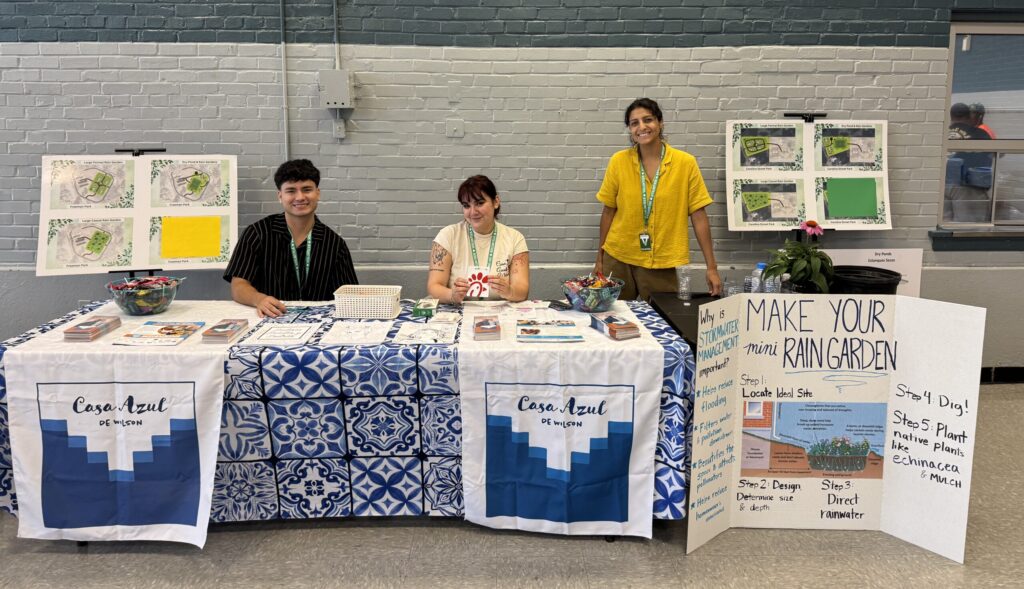
For Herrera, this meant organizing community meetings and canvassing neighborhoods to collect residents’ input and meeting community leaders – from politicians to nonprofit directors. Toward the end of her internship, Herrera participated in a back-to-school event, showcasing a mini rain garden – an area of planted foliage intended to capture and clean stormwater run-off – for children to interact with as a tangible example of an environmental solution to flooding.
One of Herrera’s biggest takeaways was how addressing flooding as a larger community issue sheds light on smaller, often overlooked community needs, like more benches and walkways. “Maribel’s focus on stormwater management in Wilson’s neglected neighborhoods helped build essential relationships to mitigate flooding and upgrade local park amenities,” says Jane Harrison, NC Sea Grant’s coastal economics specialist.
Water Management in Rocky Mount
Kiserian Noel served as an intern with the City of Rocky Mount’s Department of Water Resources and Engineering. There, he conducted water quality testing on wastewater and drinking water, ensuring that runoff and drinking water were safe.
Noel collected samples from water plants and wastewater facilities, using titration tests to find levels of different minerals like iron, fluoride, and sulfur and analyzing factors such as temperature, pH, and hardness. He collected water samples at the Tar River to assess possible pollution following a sanitary sewer overflow (SSO).
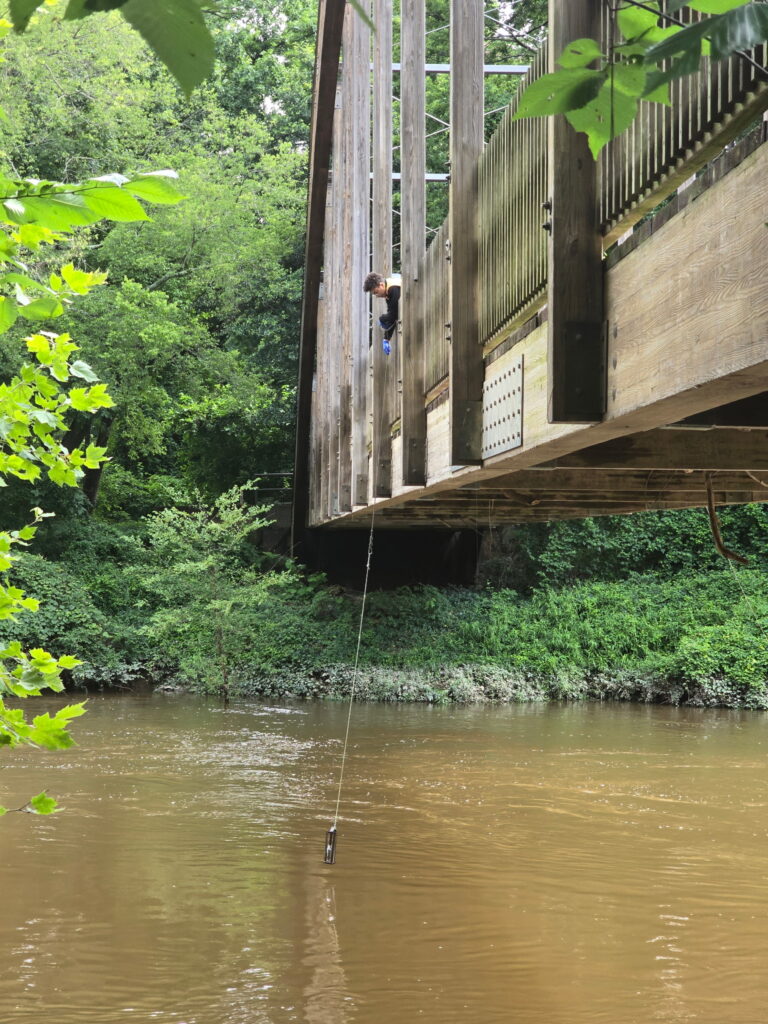
“There’s so much of the water cycle that we don’t interact with or necessarily think of,” Noel says. He emphasizes that it’s important to make sure that the human-side of the water cycle doesn’t negatively impact the environmental side – we would likely notice an overflowing manhole, but what’s less visible, like runoff into rivers and oceans, is just as important.
For Noel, this experience revealed career paths outside of strictly engineering, like in public administration, that determine and implement solutions to real-world problems. “Kiserian’s internship with the City of Rocky Mount provided him with an essential skill set to protect municipal drinking water supply, positioning him for a career in water management,” says Harrison.
“CEI reaffirmed my passions for science and community,” says Noel, as he was able to use his technical skills and knowledge as a biological engineering student at NC State in a community-driven capacity. He recounted the time his family had to dig a trench in front of their house because of consistent flooding in his neighborhood: “I have a constant drive to help people.”
Community Outreach in Raleigh
Liam Vaughan served as an intern with the Museum of Natural Sciences in Raleigh. Working on the public science events team, he helped coordinate everything from informal, educational pop-ups – like one for Arctic Sea Ice Day to educate museum visitors about melting arctic ice as a global issue – to large-scale events, including the upcoming annual BugFest.
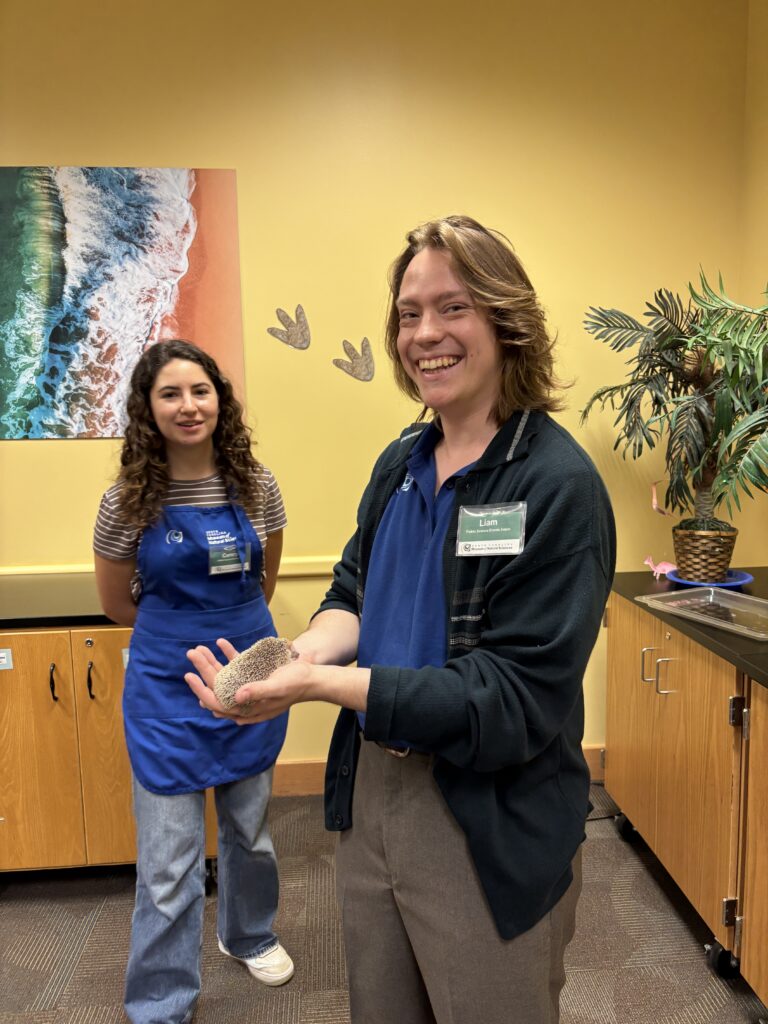
“Liam’s public outreach was instrumental in connecting the public to creatures they may be unfamiliar with like seabugs,” says Harrison, “these marine organisms, for example krill, play a crucial role in the global ecosystem’s food web.”
Connecting with the public was one of the big draws of the program: “The whole point of the internship was to be people-focused,” says Vaughan. This included interacting with the people behind the program – like Harrison and Robinson – during the professional development series, one of Vaughan’s favorite parts of the internship.
Vaughan and the other NC Sea Grant interns were part of a cohort of 24 students from across the country who met in Wilmington for additional training and network building. This immersive, week-long program highlighted North Carolina’s coastal economy, culture and history with trips to UNC Wilmington’s Center for Marine Science and Center for Innovation & Entrepreneurship, Carolina Beach State Park, New Hanover County Arboretum, and the North Carolina Aquarium at Fort Fisher.

A senior at NC State majoring in Science and Technology Studies (STS), Vaughan is interested in how people interact with the natural world and the science we use to understand it. The community engaged internship was a great way to marry his interests: “This internship gave me the words to say, ‘Yes, this is actually what I want to do!’”
“The internship program opens doors for students to see what’s possible for their futures, often in ways they hadn’t imagined,” says Robinson. “North Carolina Sea Grant’’s 2025 interns demonstrated not only their skills, but also their creativity and commitment to lifelong learning. Their work shows why investing in the next generation of scientists and community leaders matters.”
Check back at https://ncseagrant.ncsu.edu/ for announcements about 2026 applications for NC interns.

